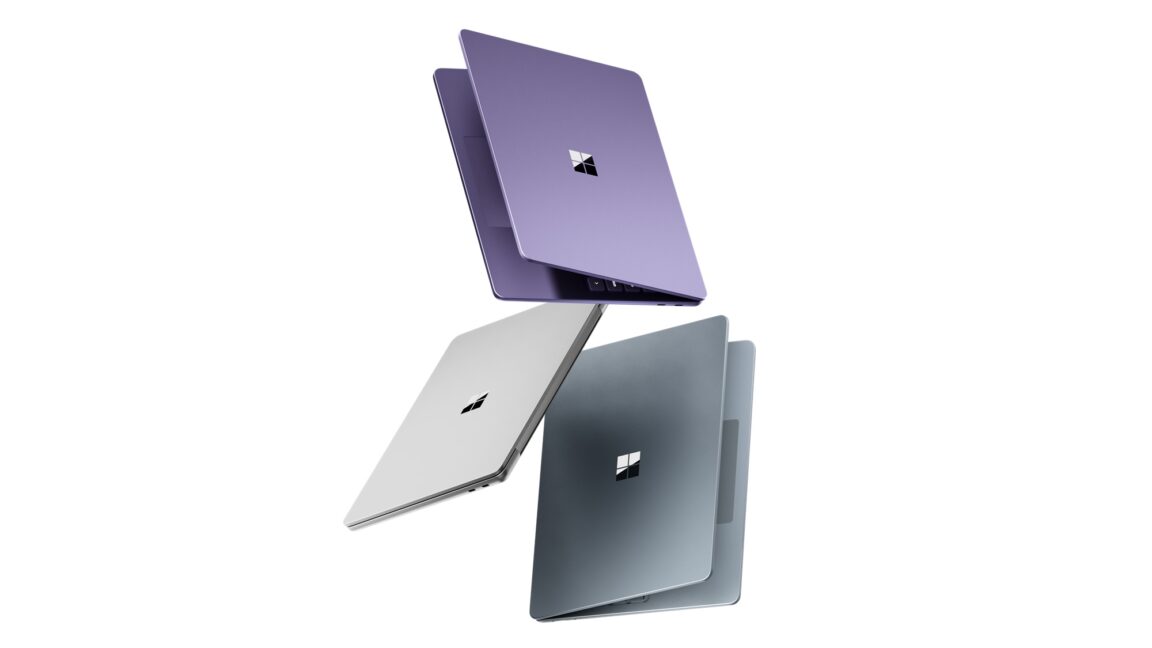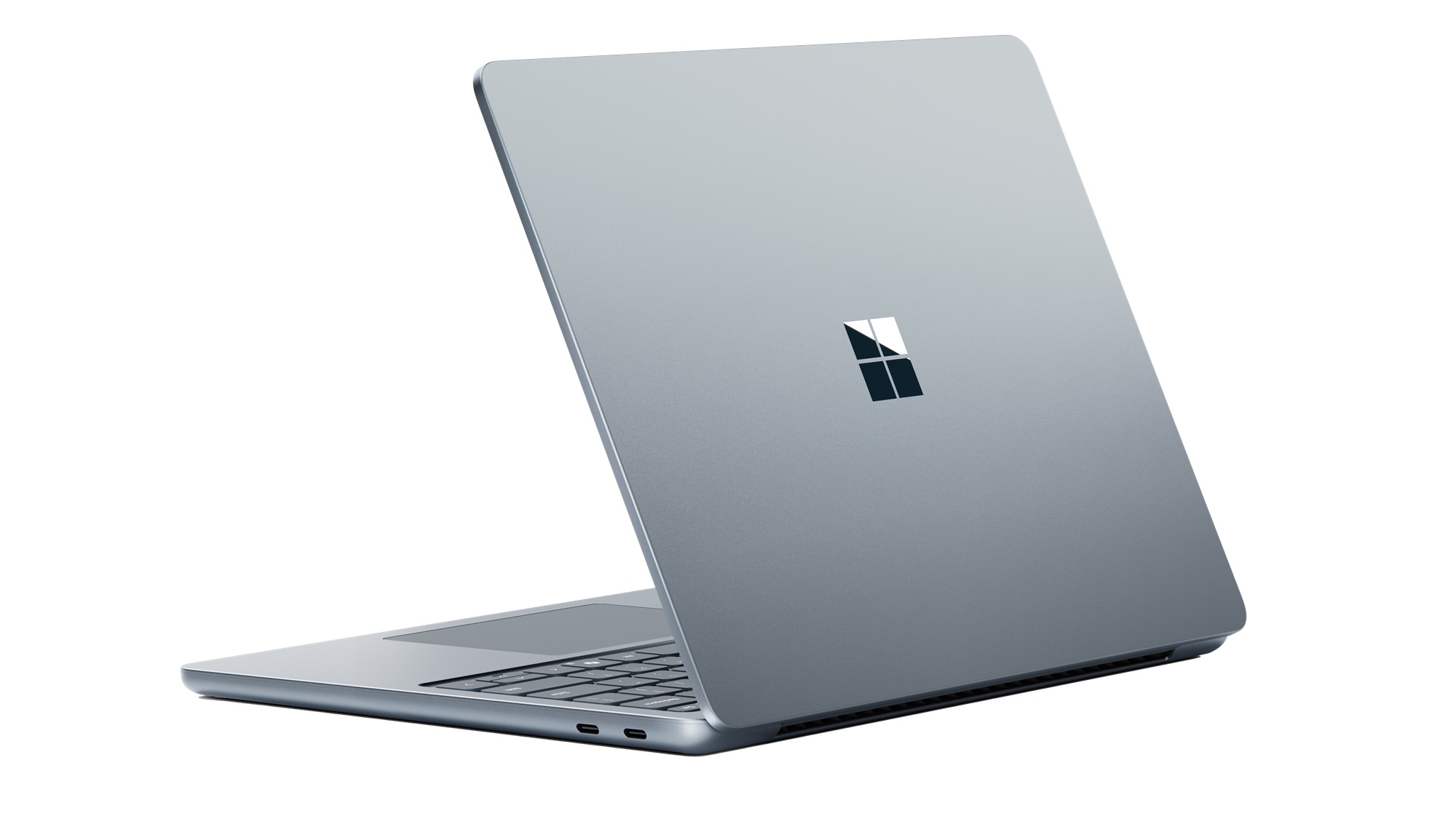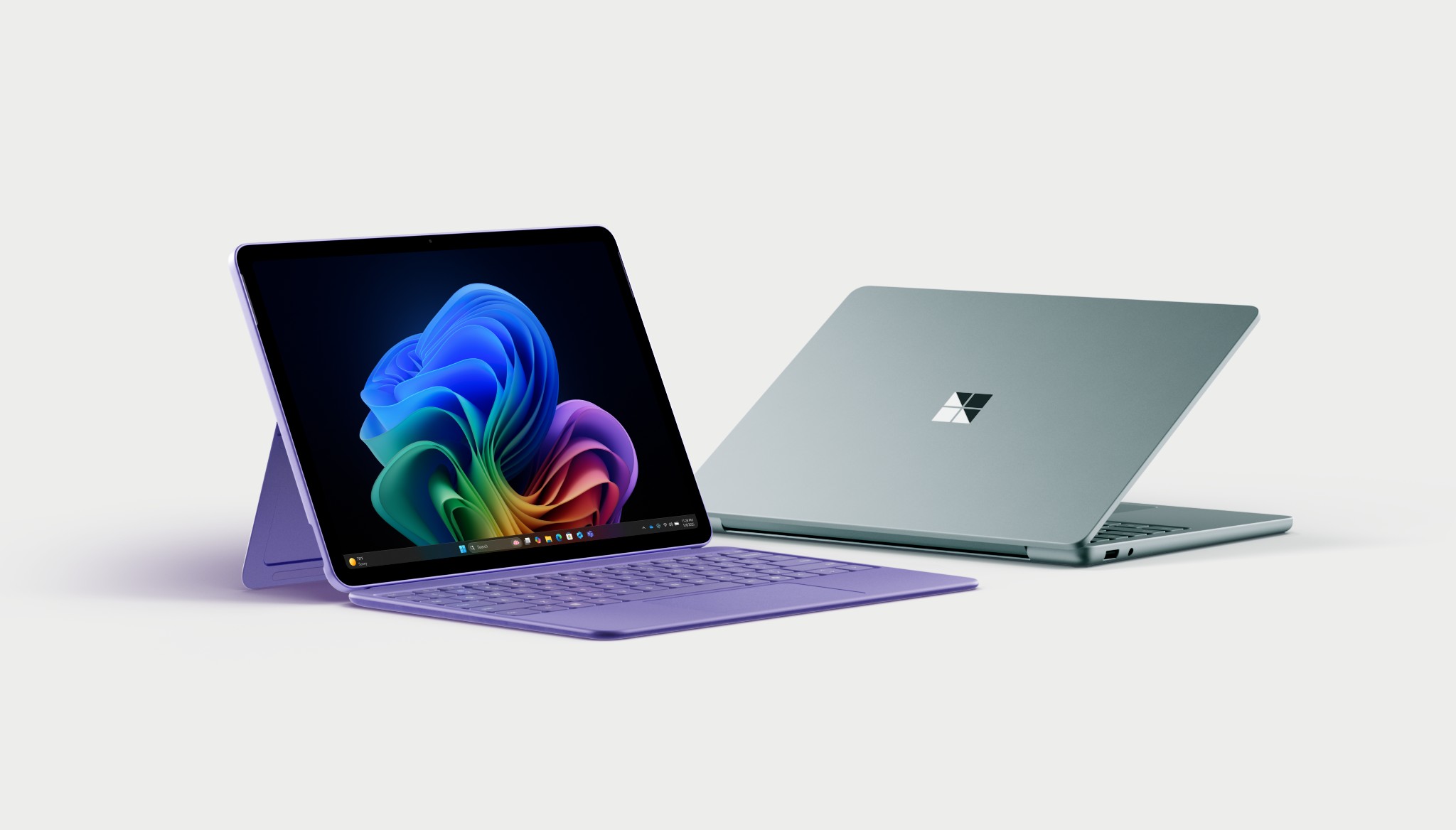
Credit: Microsoft
Microsoft is releasing a pair of new Surface devices today, both models that undercut last year's Surface Laptop and Surface Pro on price but also take a pretty big step down in specs. One of the devices is a new 12-inch Surface Pro tablet, which we've covered in more detail here. The other is a new 13-inch Surface Laptop, whose specs and price straddle the narrow gap between the current seventh-generation Surface Laptop and the original price of the aging Surface Laptop Go 3.
The new Surface Laptop starts at $899, and preorders open today. It will be available on May 20.
The new laptop shares many specs in common with last year’s entry-level seventh-generation Surface Laptop, including an Arm-based Qualcomm Snapdragon X Plus processor, 16GB of RAM, and support for Windows 11’s expanded Copilot+ capabilities. It’s also smaller and lighter than the 13.8-inch Surface Laptop. But the CPU has eight cores instead of 10 or 12, the screen is smaller and lower resolution, and you’re more limited in your upgrade options; we’ve outlined the key differences in the table below.
| 13-inch Surface Laptop | Surface Laptop 7 (13.8-inch) | Surface Laptop Go 3 | |
|---|---|---|---|
| Processor | 8-core Snapdragon X Plus | 10-core Snapdragon X Plus or 12-core Snapdragon X Elite | Intel Core i5-1235U (2 P-cores, 8 E-cores) |
| RAM | 16GB LPDDR5x | 16, 32, or 64GB LPDDR5x | 8 or 16GB LPDDR5 |
| Storage | 256 or 512GB UFS | 256GB, 512GB, or 1TB NVMe | 256GB NVMe |
| Screen | 13-inch, 1920×1280, 60 Hz IPS | 13.8-inch, 2304×1536, 120 Hz IPS | 12.4-inch, 1536×1024, 60 Hz IPS |
| Size and weight | 11.25 x 8.43 x 0.61 inches, 2.7 lbs | 11.85 x 8.67 x 0.69 inches, 2.96 lbs | 10.95 x 8.12 x 0.62 inches, 2.49 lbs |
| Starting price | $899 | $999 | $799 (launch), $949 (now, for some reason) |
Microsoft plans to continue selling both the new 13-inch Surface Laptop and the older 13.8- and 15-inch Surface Laptops simultaneously, and the company doesn't plan to change the pricing for those older laptops at all. This leaves the new Laptop in a somewhat precarious position: just $100 cheaper than the flagship Surface Laptop, with a noticeable downgrade in screen size and resolution and a small downgrade in performance. It's superior to the old Surface Laptop Go 3—which Microsoft isn't totally discontinuing yet—but also more expensive than its former $799 starting price and a bit larger and heavier besides.

Credit: Microsoft
The laptop has two USB-C ports on the right side, seen here, and a USB-A port and headphone jack on the left. Surface Connect is gone. For those reasons, it seems like most individual buyers would still be better off going for the 13.8-inch Surface Laptop, with the new one only really making sense for companies buying these in bulk if the 13.8-inch Surface goes up in price or if the 13-inch Surface happens to be discounted and the 13.8-inch version isn't. The 13.8-inch Laptop is also obviously still the one you want if you want more than 16GB of RAM or 512GB of storage, or if you need more CPU and GPU speed.
The new 13-inch Laptop has most of the same basic ports as the 13.8-inch version, just arranged slightly differently. You still get a pair of USB-C ports (both supporting 10 Gbps USB 3.2 speeds, rather than USB 4), one USB-A port, and a headphone jack, but the USB-A port and headphone jack are now on the left side of the laptop. As with the 12-inch Surface Pro tablet, the Surface Connect port has been removed, so this is compatible with all existing USB-C accessories but none of the ones that use Microsoft's proprietary connector.
An awkward refresh

Both of the new Surface devices being announced today.
Credit: Microsoft
The new Surface Laptop doesn't seem to regress on any major functional fronts—unlike the 12-inch Surface Pro, which throws out an 11-year-old keyboard fix that made the Surface Pro's keyboard cover much more stable and laptop-like—but it's still an odd refresh. But inflation, supply chain snarls, and the Trump administration's rapidly changing tariff plans have made pricing and availability harder to predict than they were a few years ago.
Though PCs and smartphones are (currently) exempted from most tariffs, Microsoft did recently raise the prices of its years-old Xbox Series S and X consoles; it's possible these new Surface devices were originally designed to be budget models but that world events kept them from being as cheap as they otherwise might have been.

-
 C114 Communication Network
C114 Communication Network -
 Communication Home
Communication Home


